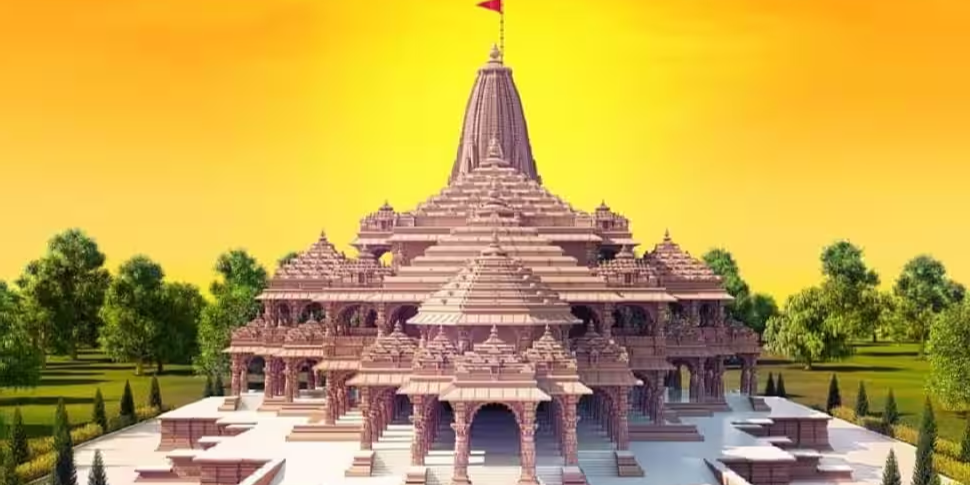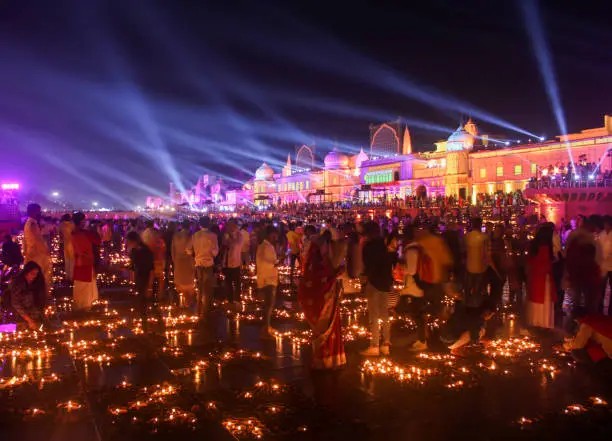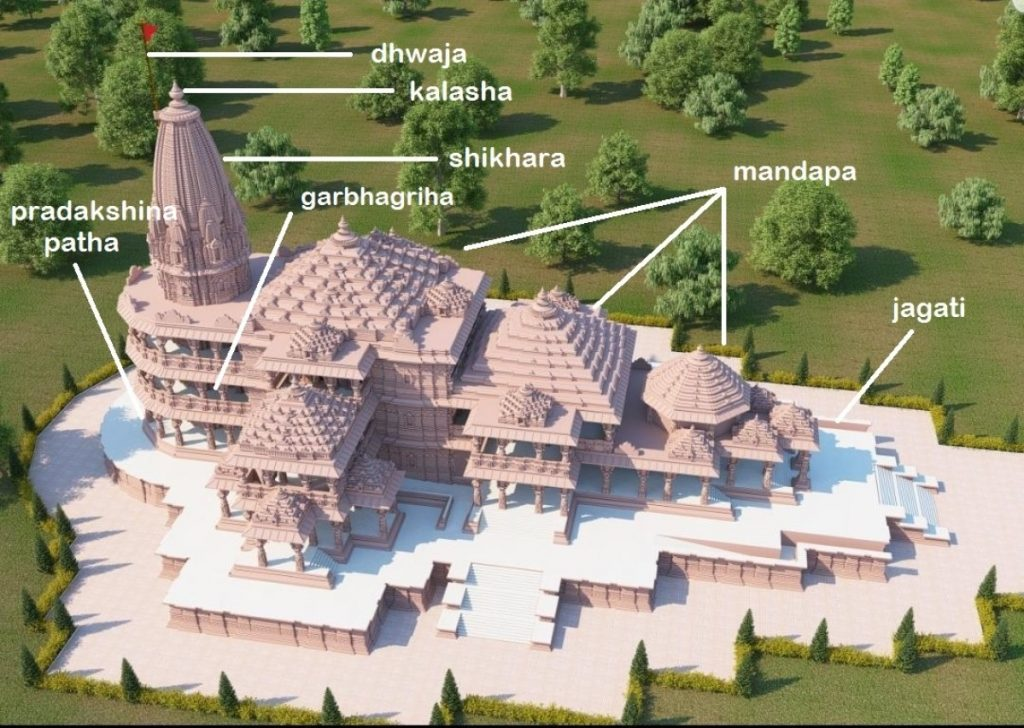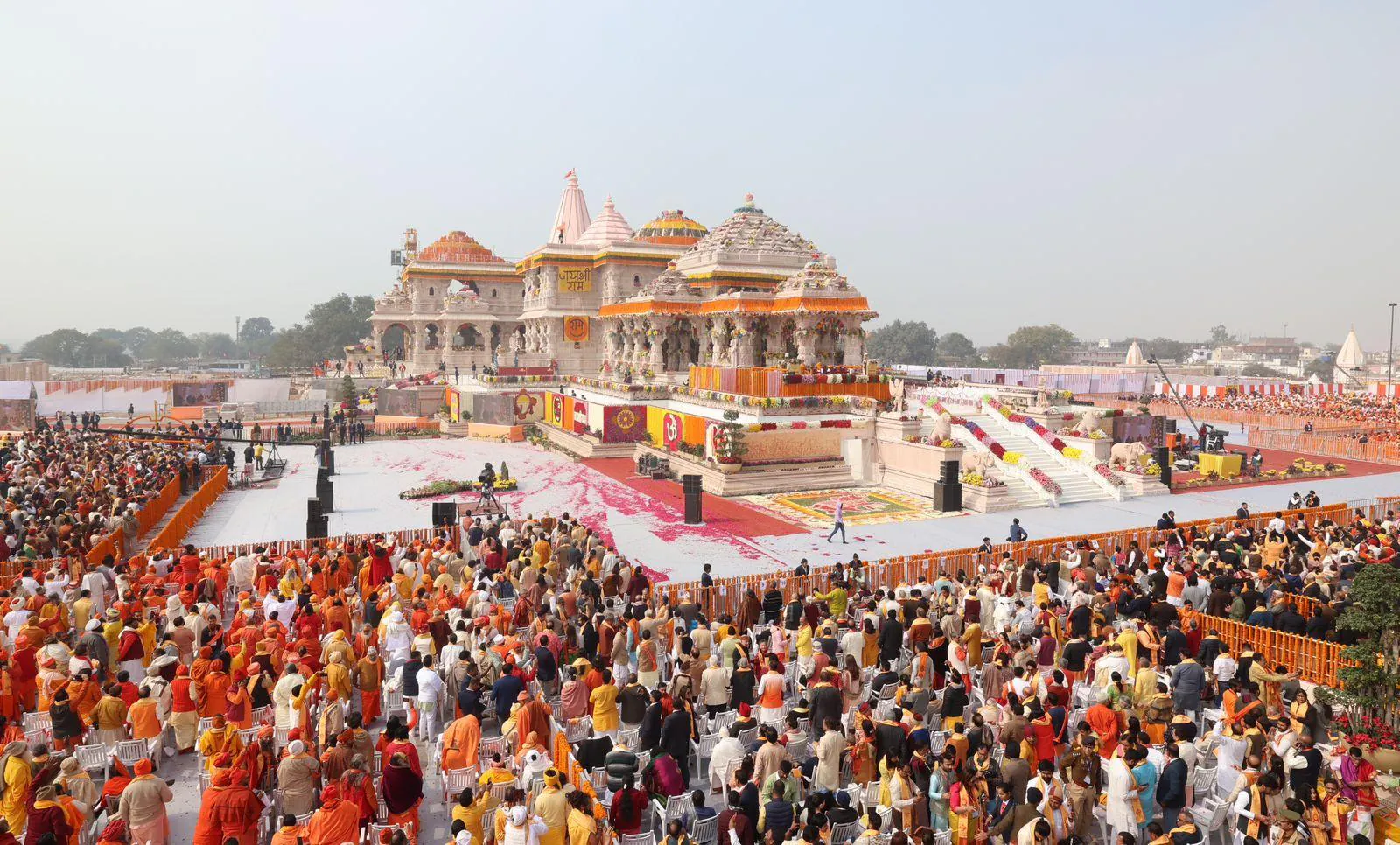Why Ram Mandir in Ayodhya Means Everything to Millions ?
Ayodhya Ram Mandir – More Than a Temple

There are places you visit. Then there are places that stay with you. Ayodhya is one of those places. It’s more than a town in Uttar Pradesh. It’s not just about the old streets, temples, or chants that echo from every corner. For millions of people, Ayodhya is an emotion. And at the very heart of that emotion lies the Ram Mandir.
But what is it about this temple that makes people cry tears of joy? Why do so many people, across generations and geographies, feel something deeply personal about a temple they may have never even visited?
Let’s try to understand — not from a political lens, not from a religious lens — but from the lens of human connection, memory, and belief.
The Legend of Shree Ram

Ask someone about Lord Ram, and chances are you won’t just hear religious philosophy. You’ll hear stories — the kind their grandmother told them while oiling their hair, the kind they saw in Ramayana on Doordarshan every Sunday morning, the kind they read about in school, or the ones they whispered during pujas at home.
His life, as chronicled in the Ramayana, is not just a story or a folklore but rather it is a tradition in every Indian household. He is presented as the ideal man or Maryada purushottam. Hence, to walk where he was born, to worship where he once stood, is a profound spiritual experience. For many devotees, the Ram Mandir is a way to connect with a divine legacy that guides their lives.
So when people say the Ram Mandir in Ayodhya is important, They’re also talking about bringing Ram home to the very place where they believe he was born. So we can say, It’s deeply personal.
For millions, the journey toward the Ram Mandir has been long, emotional, and often painful. The site became a point of historical, legal, and political contention for decades. The legal victory in 2019, followed by the laying of the foundation stone in 2020, was seen not just as a judicial resolution—but as the restoration of faith, identity, and cultural pride.
History
 The Ram Janmabhoomi site has been the focus of a long-standing dispute. In the 16th century, the Babri Masjid was built at this location. Many people believed it was constructed after a Hindu temple marking Lord Ram’s birthplace was destroyed. This issue became highly controversial and created religious and political tensions in the 20th century.
The Ram Janmabhoomi site has been the focus of a long-standing dispute. In the 16th century, the Babri Masjid was built at this location. Many people believed it was constructed after a Hindu temple marking Lord Ram’s birthplace was destroyed. This issue became highly controversial and created religious and political tensions in the 20th century.
In 1992, a large group of activists demolished the Babri Masjid, leading to widespread communal riots. After years of legal battles, the Supreme Court of India decided in 2019 that the disputed land would be given for building the Ram Mandir. A different piece of land was set aside for constructing a mosque.
The 2019 Supreme Court verdict was a landmark decision. It was seen as a balanced effort to resolve a decades-long conflict through the legal system. Following this, the Shri Ram Janmbhoomi Teerth Kshetra Trust was set up to oversee the construction of the Ram Mandir.
Construction began in 2020, and the Pran Pratishtha ceremony—a religious consecration—was held on January 22, 2024, with Prime Minister Narendra Modi in attendance. The temple was built using traditional Indian architecture without steel or iron, symbolizing cultural continuity.
Architectural Design
 The Ram Mandir in Ayodhya is being built in the Nagara style of temple architecture. This means it has tall, beautifully carved towers and detailed stone work. The temple is made mainly from pink sandstone, and skilled artists have worked hard to carve intricate designs on every part of it.
The Ram Mandir in Ayodhya is being built in the Nagara style of temple architecture. This means it has tall, beautifully carved towers and detailed stone work. The temple is made mainly from pink sandstone, and skilled artists have worked hard to carve intricate designs on every part of it.
Once fully completed, the Ram Mandir will be one of the biggest temples in India. It will also have many modern facilities for pilgrims and tourists, such as places to stay, clean toilets, waiting areas, and help centers.
To support the temple and the growing number of visitors, Ayodhya is being developed into a major religious tourism city. The government is working on better roads, railway stations, an airport, and hotels, so that travel and stay become easier for everyone.
The temple is also expected to bring many new job opportunities for local people. As more tourists come to Ayodhya, it will help the local economy grow through tourism, shops, food stalls, and transport services.
In short, the Ram Mandir is not just a place of worship, but also a big step towards developing Ayodhya and helping thousands of people in the area.
Global Attention

What truly stands out about the temple is the overwhelming attention and admiration it has received from the Indian diaspora and Hindu communities across the globe. For millions of people living far from their homeland, the temple really serves as a powerful symbol of their cultural identity, spiritual belonging, and emotional connection to their roots. They see it as a reminder of their traditions, values, and the rich heritage they carry with them, no matter where in the world they live.
This emotional connection has led to widespread discussions about the temple in international circles. Major global media outlets have covered its significance, and several international organisations have acknowledged its cultural and spiritual relevance.
The temple has, in many ways, become a bridge between generations — helping younger members of the diaspora understand and appreciate their origins — and a source of collective pride for Hindus worldwide. Its growing recognition on the world stage highlights not just its architectural beauty, but the deep meaning it holds for millions beyond India’s borders.
Conclusion
For millions of people, the Ram Mandir in Ayodhya is much more than just a structure of stone and faith. It carries the weight of centuries of devotion, longing, and cultural identity. It’s a place where emotions run deep—where history, spirituality, and belief come together. For many, visiting the temple feels like coming home to something sacred and eternal. That’s why it means everything, it touches the heart in a way few places can




